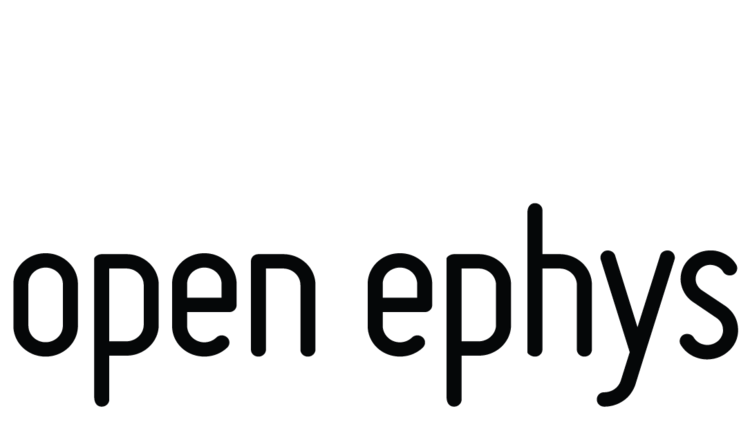This is the second installment of the Open Ephys newsletter, which we plan to send out on a monthly basis. We reached an important milestone in November by carrying out the first neural recordings with our custom acquisition system. We've also made progress on updating our hardware and software.
Neural recordings
Over the past few weeks, we've been using the Open Ephys acquisition system to record data from awake, behaving mice. Previously, we'd only tested our acquisition board and headstages with signal generators and pre-recorded data. While our measurements indicated that the data quality would be excellent, we were obviously eager to see how it performed with actual neural signals. We're happy to report that everything looks great!
We implanted an array of low-impedance tungsten electrodes in mouse hippocampus and recorded with a skull screw reference. We see beautiful theta, gamma, and ripple oscillations, with barely detectable 60 Hz line noise. Since we're digitizing the signals directly on the headstage, movement artifacts are greatly attenuated. Saturating events are very infrequent, even in an animal actively running on a track. The next step is to implant an array of independently movable tetrodes. We'll keep you posted on our progress.
Upcoming hardware revisions
We're on schedule to have our hardware updated by the time the new Intan chips are available in early 2013. As described in the last email, the new chips will feature an onboard analog-to-digital converter, low-voltage differential signaling, and a number of other improvements. The new headstages will be a major upgrade in terms of size, weight, and performance. We already redesigned the circuit board, which now measures a mere 21 x 13 mm. We also added a 3-axis accelerometer to use as an alternate indicator of animal activity.
Another thing we're changing is the connector. Our current headstage design uses 0.4 mm pitch Molex connectors because of their compact size and low price point. Although these connectors can yield stable recordings in awake animals (as described above), they require additional reinforcement. We're also concerned about their long-term durability. Since Omnetics is the standard for the field (and many people have already requested Omnetics adapters for our hardware), our new headstages will use their 34-pin connectors.
Software improvements
The software interface we use for experimental control, visualization, and recording has received some significant upgrades. In order to collect real data, we made the recording capabilities more robust and updated the file format. We also added modules for real-time event detection, TTL-triggered recording, and digital referencing, all of which can be used in combination with data from any input source. We're making progress on fleshing out the documentation, with new wiki entries on data format (https://github.com/open-ephys/GUI/wiki/Data-format) and creating custom data-processing modules (https://github.com/open-ephys/GUI/wiki/Custom-processors).
That said, there are still a variety of ways in which the software could be made more reliable and user friendly. If you or anyone you know is interested in helping with C++ software development, please get in touch with us through our contact page (http://open-ephys.org/contact/) or by replying to this email. We'll make sure your message reaches the most appropriate recipient.
